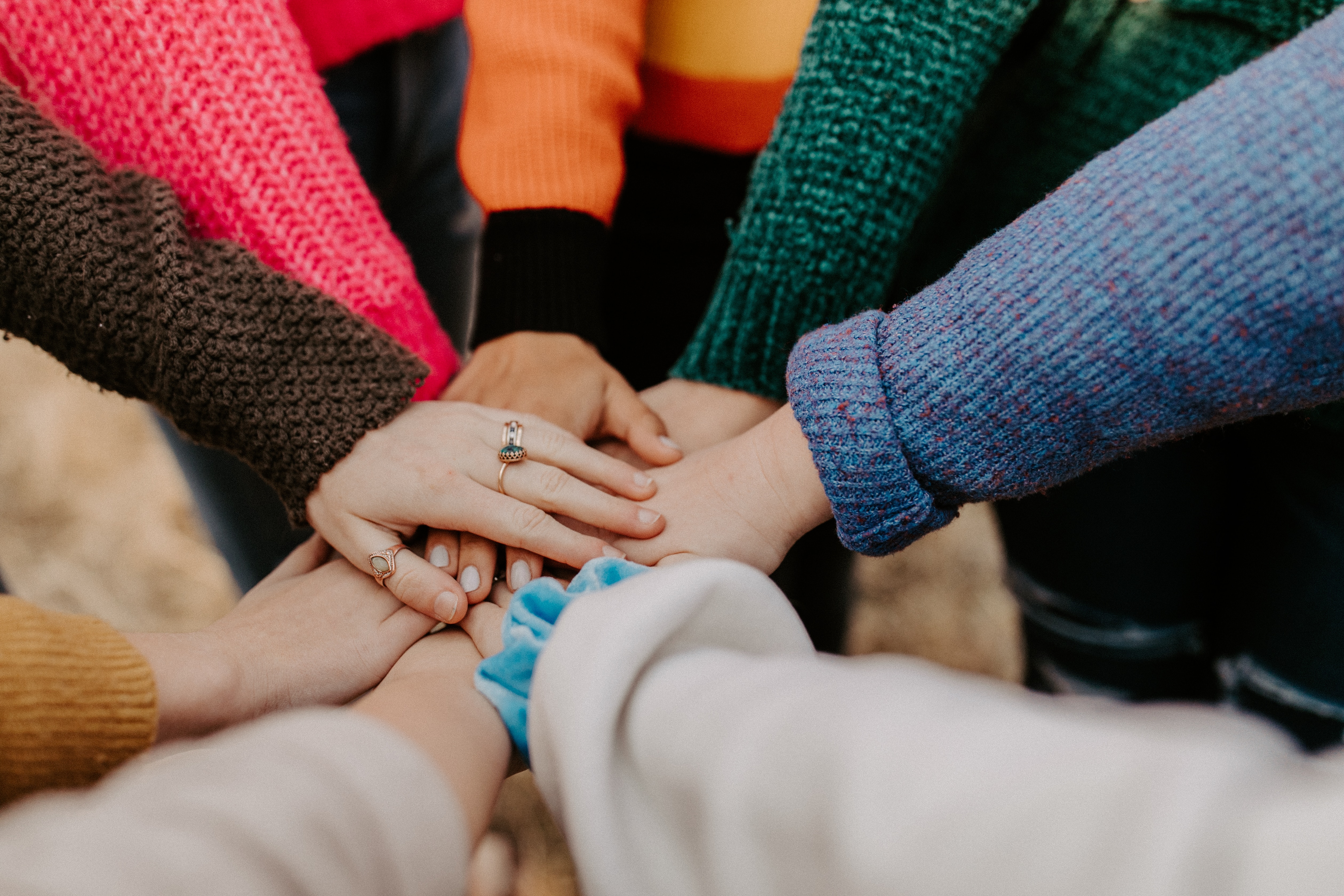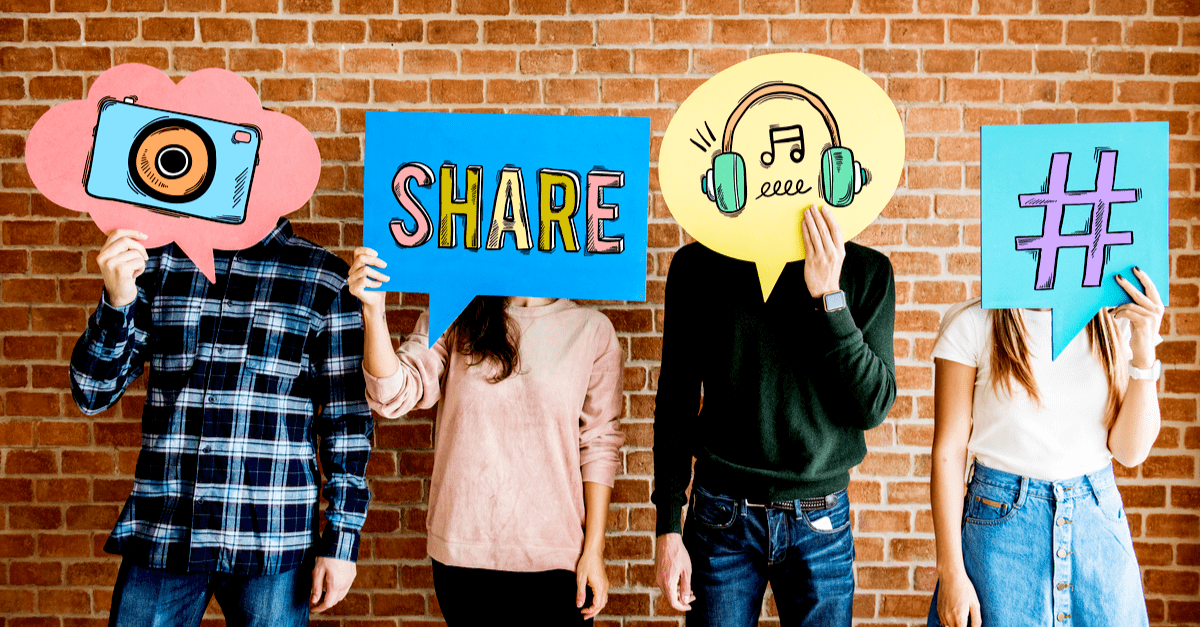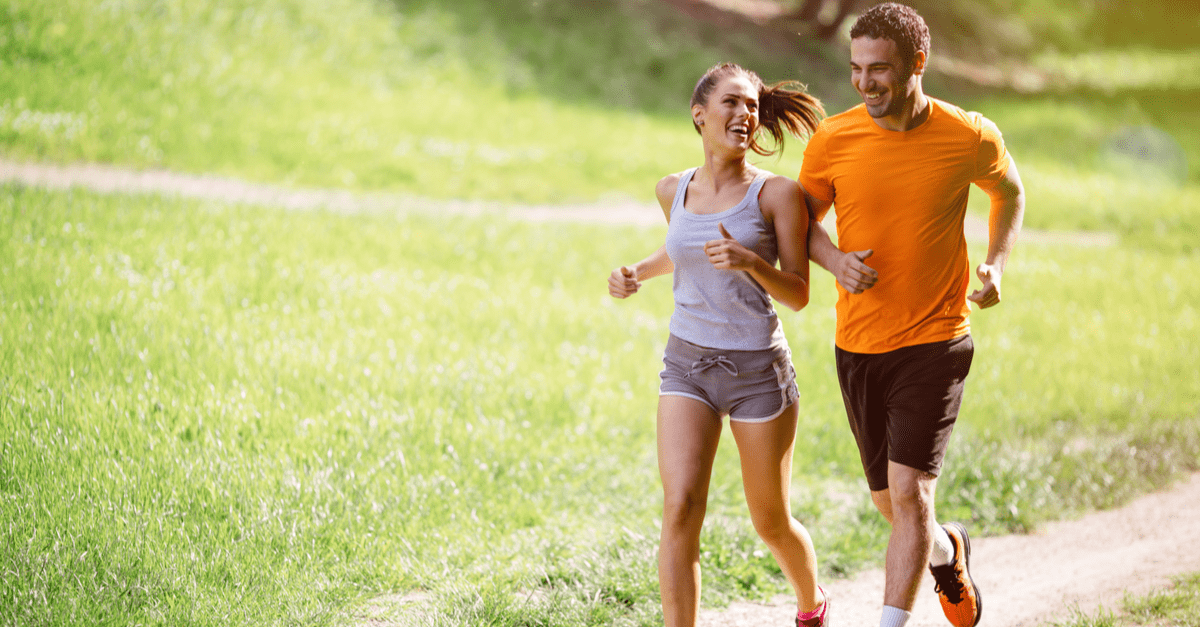Getting Outside While Social Distancing: A Guide For Recreation
The days are getting longer, and the weather is warming up. Soon, summer will be here and residents in communities everywhere will begin to flock outside and spend time in the sunshine. Many top doctors recommend fresh air and physical activity outside, even in quarantine. But as a few baseline restrictions are lifted in communities across North America, citizens need to act responsibly in the next few few weeks to months to ensure the epidemic curve flattens.
As we ease into summer, how can your parks & recreation department take reasonable action to open up recreation facilities and parks safely for your community? There are multiple tactics to this, and we have compiled a few starting points to help your residents go outside for fresh air safely.
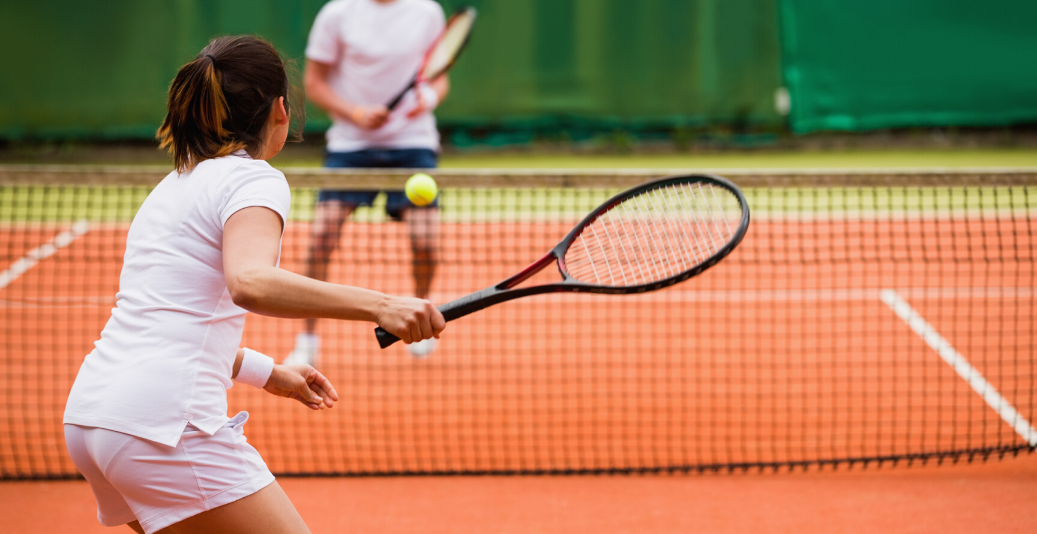
1) Encourage Contactless Activities
While many sports and favourite past times require getting up close and personal with your teammates or the opposition, there are still plenty of activities people can take part in that don't require them to come into contact with one another. A few examples of popular sports in this category include tennis, badminton, bocce ball, and croquet. These sports can be played at a safe distance over two metres apart from one another, so we recommend promoting them for small groups looking to enjoy time together outside.
Tip: Allow people to rent equipment such as nets, brackets, balls, and other pieces of sports gear to help them get outside and enjoy the fresh air. This is also a great way to keep facility staff working for their communities, while doing it safely.
2) Highlight Lesser-Known Parks
Many of us want to spend time outside, especially as our daylight hours stretch and spring fades into summer. Even with strict protocols pushing people to stay in their homes, top health officials across the world have stressed the benefits of getting outside on not just your physical health, but your mental health. Getting outside is also an important part of community building; residents should feel safe and secure exploring their own city's natural resources.
Tip: If there are local favourite spots which tend to become busier as the weather gets nicer, take care to put the spotlight on lesser-known parks, and encourage your community members to visit these spots instead. This will help spread people out while maintaining safe social distances outside.
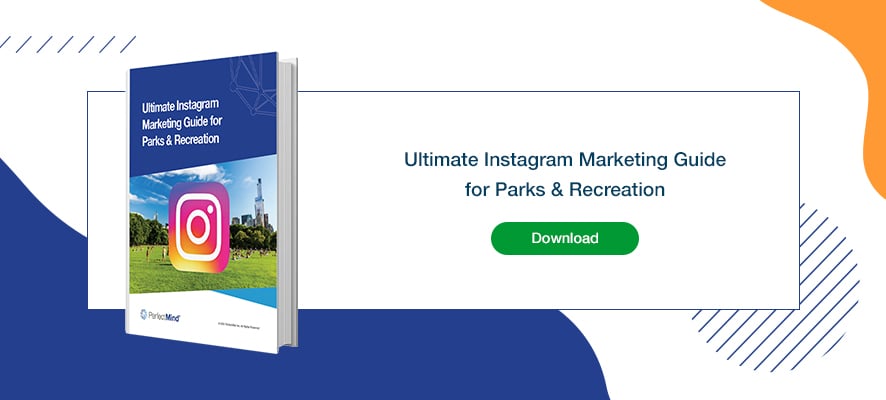 E-BOOK: Ultimate Instagram Marketing Guide for Parks & Recreation
E-BOOK: Ultimate Instagram Marketing Guide for Parks & Recreation
3) Set Up One-Way Trails
In general, going outside for some fresh air and to raise your heartbeat is a good practice to stay healthy. However, right now is the time to exercise caution and make judgement calls on the risk of each situation. If there are popular walking or trail running loops in your community, consider making one-way paths for participants. This will help keep residents six feet apart, and on narrower paths, prevent the need for parties to walk past each other.
Tip: Create arrow signs to put along popular trails in parks across your community. This will help walkers, joggers, and everything-in-between-ers know what way they should start and naturally help people stay apart. As well, place signs reminding residents of social distancing throughout the parks in your community.
4) Monitor Park Entry Ways To Limit Flow Of People
Hopefully this shouldn't need to happen, but if too many people are crowding popular parks in your region, it may be necessary to enforce restrictions and send people away when the parks are too full. This goes hand-in-hand with our previous tactic: highlighting other less popular parks. If you have to turn people away, it's a good practice to give them valuable information.
Tip: If needed, assign a parks team member to track the number of people entering and exiting the park, the way they would for any other type of business counting the number of occupants in the building.
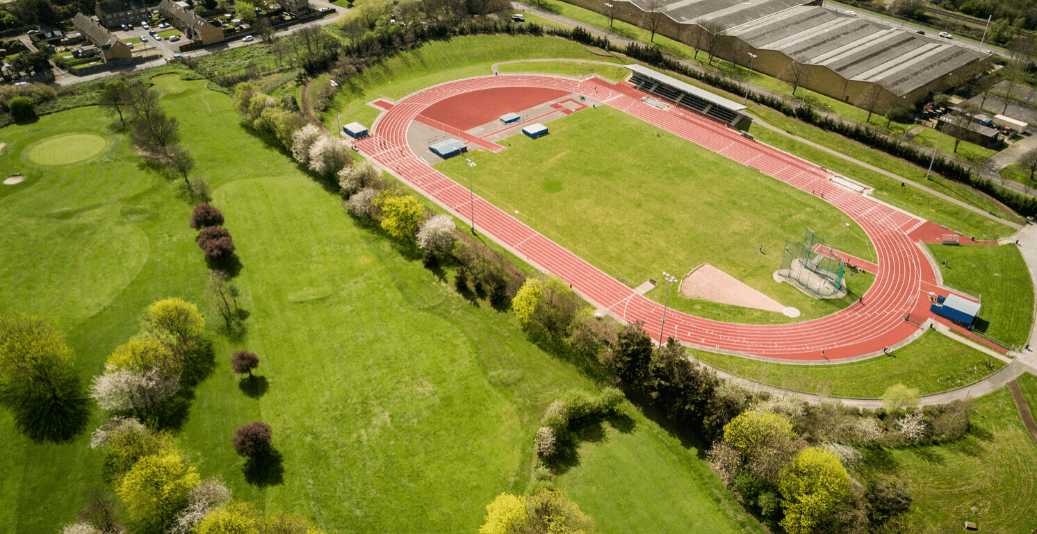
Other Helpful Social Distancing Measure To Enforce
Of course, these measures will help boost your efforts in eliminating the risk of COVID-19 infection in your parks.
- Wearing non-medical masks. COVID-19 moves around through water droplets from talking, coughing and sneezing. Covering your mouth and nose with a mask is a good practice, especially in situations where you can't stay 6 feet apart.
- Washing your hands. Regular hand soap and washing for at least 20 seconds is a proven defence against viruses like COVID-19. Put up signs in parks bathrooms indicating proper hand-washing procedures.
- Not touching your face. Did you know that the average person touches their face 16 times an hour? Once you think about it, it's hard not to touch your face. But actively trying not to can help prevent viruses getting from your hands and into your body.
- Sanitizing equipment, door handles, etc. Regular sanitizing of frequent touched objects is a great way to stop COVID-19 infection in its tracks. Be vigilant to clean equipment after use by each different person, and note which surfaces have been disinfected.

